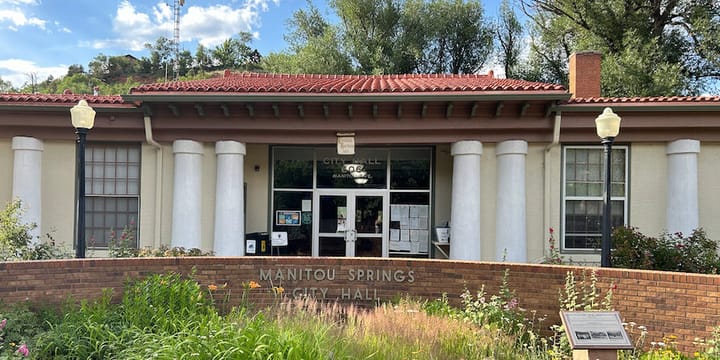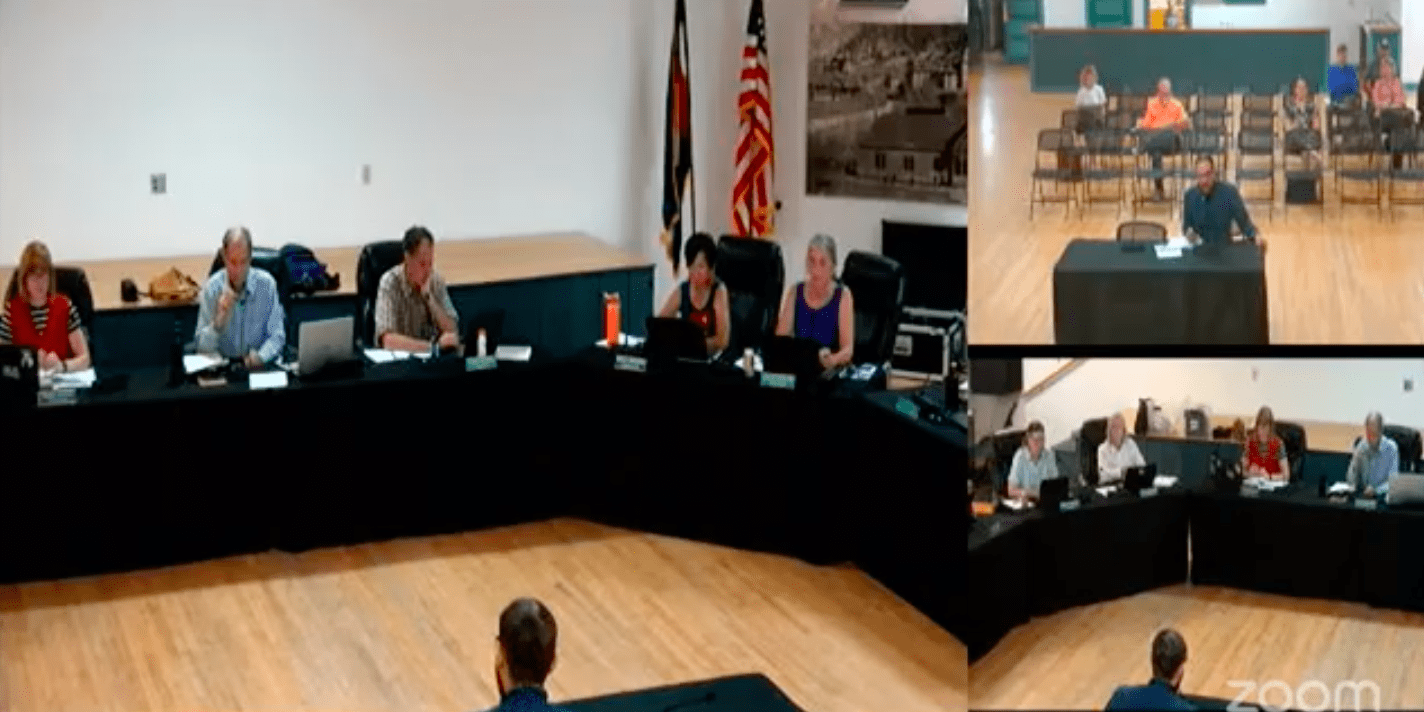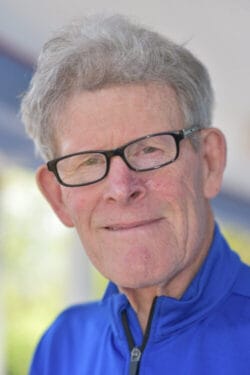Hiking Bob - Explore Colorado’s Dark Skies
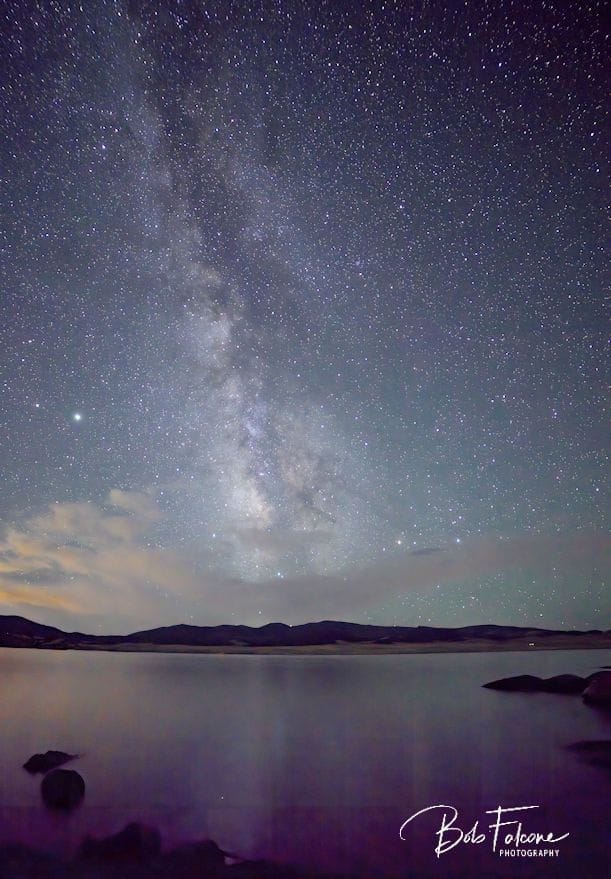
"Welcome to Colorful Colorado" greets everyone who enters the state on any of the major highways. The state's colors inspired Katherine Lee Bates to write "America the Beautiful" after seeing the purple mountains majesty and amber waves of grain from the summit of Pikes Peak.
Colorado is indeed colorful, and likely much more than Bates even imagined after her visit to America's Mountain. It is never truer than at this time of the year, when wildflowers are in bloom from the plains to the high mountains. Bates probably didn't see the various colors - more than just the red/orange we are accustomed to seeing - of Indian Paintbrush that exist only in the high elevations, or the many varieties of blue, white, yellow, purple, red and everything in between of all the varieties of flora that proliferate throughout Colorado from spring through summer and then into fall when the aspens turn into quaking gold. As a photographer, I am in my element during this time of the year. Each hike I go on has the side goal of looking for colorful nature to shoot.
When the sun goes down and the heavens open up, there is a star-studded glory … - Bob Falcone
And as beautiful as Colorado is in full color, it is arguably more - or at least, just as - beautiful in black and white in the darkness of night. When the sun goes down and the heavens open up, there is a star-studded glory that people in many parts of the country, especially on either coast, don't get to see. And, while the Milky Way is technically visible in the sky all year-round, its galactic core is only visible from late spring to early fall, and of course, the darker the sky, the more visible it is. Colorado's dark skies make it a haven not only for people who just want to star-gaze, but also for photographers, either based here or who flock here, to capture images of the Milky Way over scenic spots.
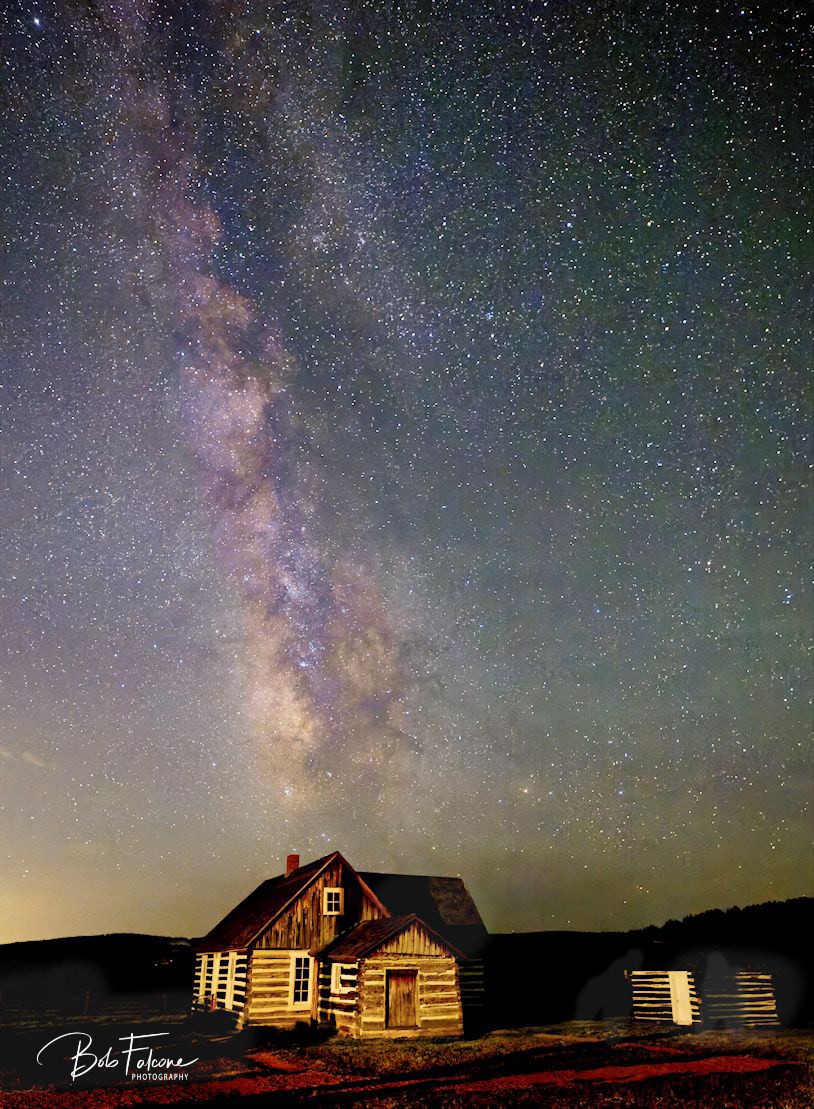
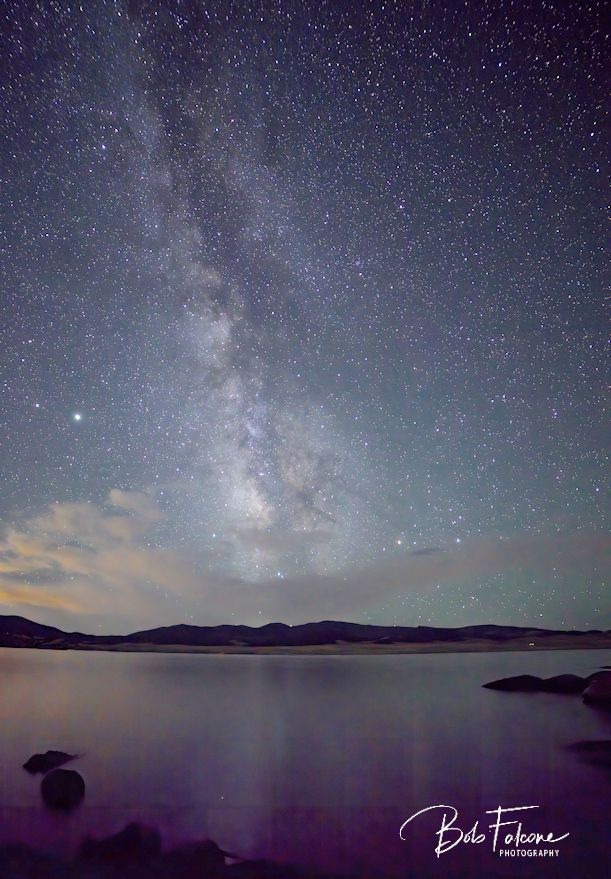
According to Dark Sky Colorado, a branch of Dark Sky International, has awarded eighteen locations with "Dark Sky" certification. Of these, twelve are parks and six are small towns or communities. The closest Dark Sky Certified parks to Colorado Springs are Florissant Fossil Beds National Monument and Great Sand Dunes National Park and Preserve, and the closest Dark Sky Certified towns are Westcliffe and Silvercliff. Currently, only one Colorado State Park, Jackson Lake, is certified, however earlier this year Colorado Parks and Wildlife and the Colorado Tourism Office announced they are working to certify 12 additional state parks, including the Pikes Peak region's Mueller and Eleven Mile State Parks. Dark Sky certification means more than a place is dark; it also means that the park or town has taken measures to reduce light pollution and preserve the nighttime viewing environment.
Find out more at DarkSkyColorado.org/colorados-international-dark-sky-places.
Of course, there are many dark places to take in the expansive night skies that have not achieved any kind of certification. So next time you are out and about in the darkness, whether hiking or camping, stop what you're doing, turn off your head light and take a few minutes to look up. Take it in. Watch for passing satellites, imagine where the passengers in that passing airplane are going, look for a meteor sacrificing itself to the atmosphere, and the longer you look, the more stars you'll see.
Maybe take a picture, too. It's deceptively easy to shoot nice photos of the Milky Way, but you will need someone to show how. My recommendation is Mike Pach at 3PeaksPhoto.com, and one of his many nighttime photography workshops.
Be good. Do good things. Leave No Trace.

